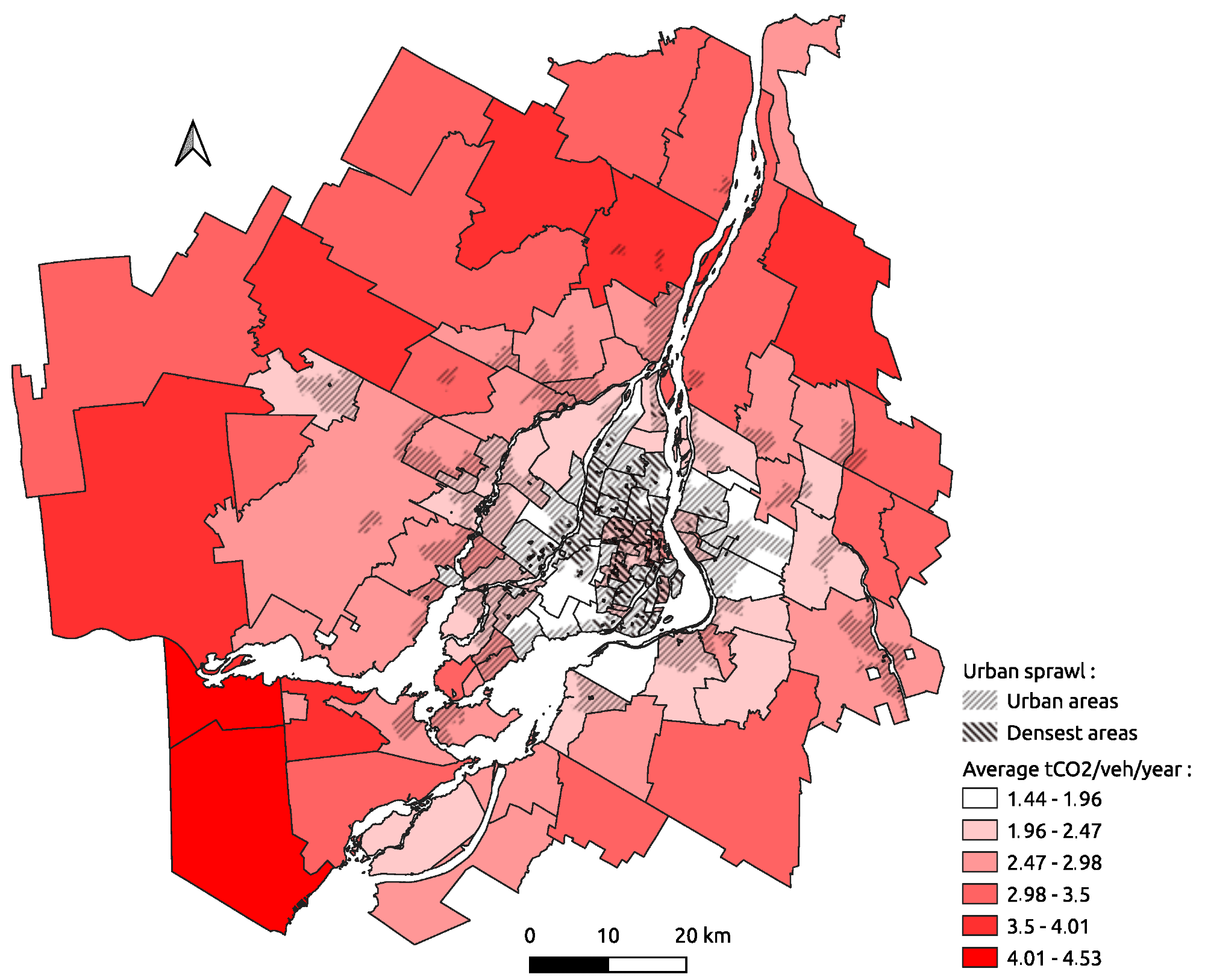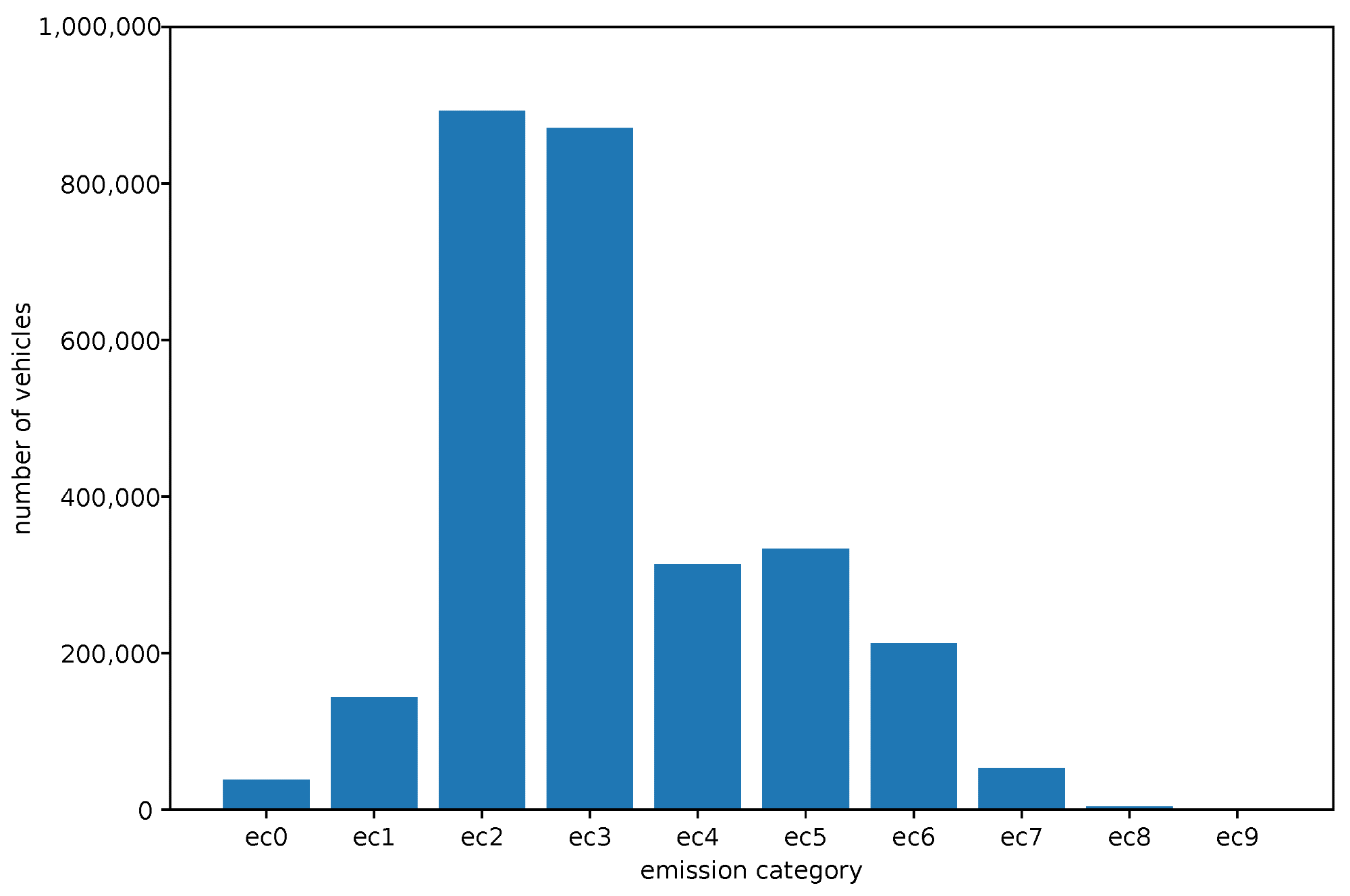Canada, like many nations, has committed to cutting its emissions in line with international agreements on climate change mitigation. To meet its targets, road transport must be drastically reduced by 2030. However, the question of how many vehicles will need to change to electric to meet these targets is the source of much debate. A study published in Sustainability has addressed this issue, using Montreal as a case study.

Study: How Many Electric Vehicles Are Needed to Reach CO2 Emissions Goals? A Case Study from Montreal, Canada. Image Credit: buffaloboy/Shutterstock.com
Decarbonizing the Canadian Transportation Sector
Power generation in the province of Quebec, Canada, is nearly completely carbon-free, with hydropower used to provide energy for a population of 8 and a half million people. The transportation industry is responsible for 44.8% of all carbon emissions in Quebec, with road transport alone accounting for 35.6%. In 2019, personal vehicles emitted 16 megatons of carbon dioxide, a total of approximately 20% of all greenhouse gas emissions in the province.
Thus, decarbonizing the transportation sector in Quebec will be a significant step toward achieving carbon neutrality by 2050 and interim 2030 reductions targets of 37.5% of 1990 levels. Replacing conventional internal combustion engine vehicles with electric alternatives will significantly reduce the emissions in the province as their direct emissions are virtually zero. However, these vehicles are not completely emission-free, as indirect emissions related to energy generation for them still exist.

Distribution of emission values for the province’s fleet. Image Credit: Laffont, P et al., Sustainability
In Quebec, roughly 34.5 gCO2/kWh is generated by electricity production, less than the 201 gCO2/kWh generated in Ontario (which still used coal power) in 2008, and significantly lower than the average 417 gCO2/kWh produced by the U.S. energy sector. Whilst the methodologies used to calculate these figures differ, they can be used to gain an overall picture of differences in emissions amongst these geographical locales. Quebec can therefore be considered an example of a location where the energy sector is associated with very low greenhouse gas emissions.
Increasing the number of electric vehicles on the road will cut the already lower greenhouse gas emissions that Quebec produces than other geographic locales in Canada and the USA. Indirect emissions from electric vehicles could be 25 times lower than internal combustion engine vehicles.
However, other factors influence vehicle emissions. These include vehicle size, weight, and variable driving distances in urban or rural areas. It is therefore not clear how many electric vehicles would need to be on roads by 2030 to meet the emissions targets of areas such as the province of Quebec.
The Study
The paper published in Sustainability has investigated this issue, attempting to estimate the number of electric vehicles that will need to be on the streets of Montreal, the most populous city in Quebec, and the second-most populous in Canada, to meet the province’s emissions targets.
The team behind the study chose Montreal for two reasons: firstly, it is the most populous city in the province, and half of the 2018 population of Quebec live there; secondly, the data required by the authors for their calculations already exists due to the city’s five-year Origin-Destination survey. Additionally, the team gathered complementary data for their study.
The authors have used current greenhouse gas emissions from conventional vehicles to calculate a baseline for their investigation. This baseline is then used to evaluate different scenarios. These scenarios are based on different assumptions about the conversion of conventional to electric vehicles. The results of these scenarios are used to determine how many vehicles would need to change from internal combustion to electric to meet emissions reduction targets.

Tonnes of CO2 emissions per vehicle per year. Image Credit: Laffont, P et al., Sustainability
The study has presented a comprehensive literature review on current perspectives and previous studies on reducing greenhouse gas emissions in the transportation sector. A research gap identified by the authors of the new study is the lack of studies on estimating how many electric vehicles are needed to meet targets, taking into account the relationship between vehicle emissions and varying use in urban areas.
The study is divided into two steps: calculating current emissions in Montreal based on the number of vehicles and distances traveled by the municipal sector, and calculating fleet composition necessary to meet Quebec’s emissions targets based on five different scenarios. A single parameter was chosen: the number of electric vehicles in Montreal’s fleet.
Based on the results of the different analyses in the study, the authors have stated that different percentages of conventional vehicles would have to be replaced with electric variants to meet Montreal’s emissions targets. For example, random replacement would require over 60% of all vehicles to become electric, whereas if the most polluting vehicles were targeted, this figure would be just over 50%. The authors have concluded that merely following current plans would not be enough to meet emissions targets.

Estimated fleet composition according to vehicle emission category in Montreal in 2030. Image Credit: Laffont, P et al., Sustainability
The authors have stated that the study’s results could be improved if more sophisticated models that take into account parameters such as vehicle occupancy replaced simplifying assumptions. Additionally, a more disaggregated scale of research could improve the results of future studies. Finally, the authors recommend a life cycle assessment approach to enable better overall insights. The study has helped to address the question of how many electric vehicles will be needed to meet the province of Quebec’s emission targets and will no doubt have a wider impact.
Further Reading
Laffont, P, Waygood, E.O.D & Patterson, Z (2022) How Many Electric Vehicles Are Needed to Reach CO2 Emissions Goals? A Case Study from Montreal, Canada [online] Sustainability 14(3) 1441 | mdpi.com. Available at: https://www.mdpi.com/2071-1050/14/3/1441
Disclaimer: The views expressed here are those of the author expressed in their private capacity and do not necessarily represent the views of AZoM.com Limited T/A AZoNetwork the owner and operator of this website. This disclaimer forms part of the Terms and conditions of use of this website.